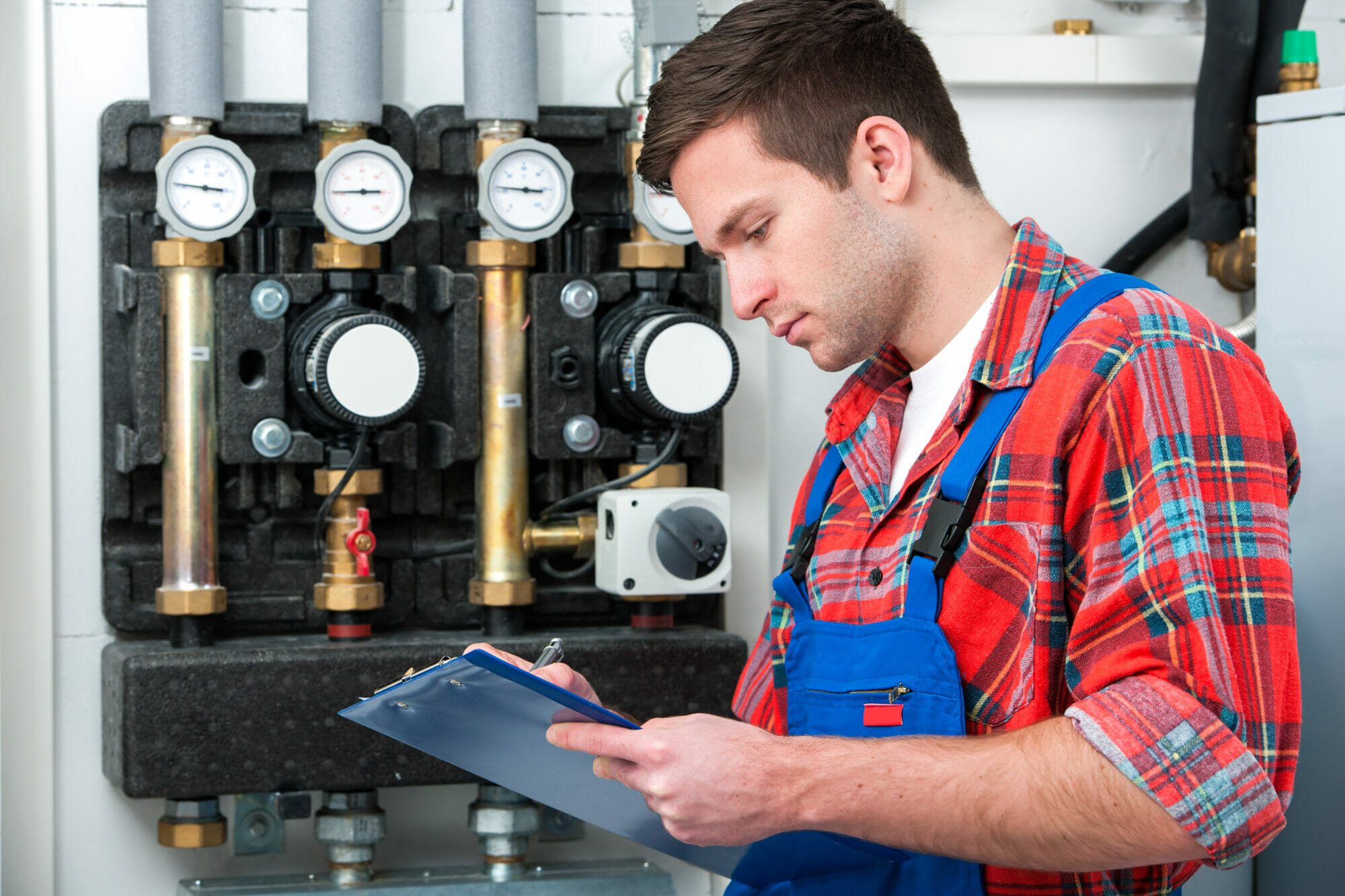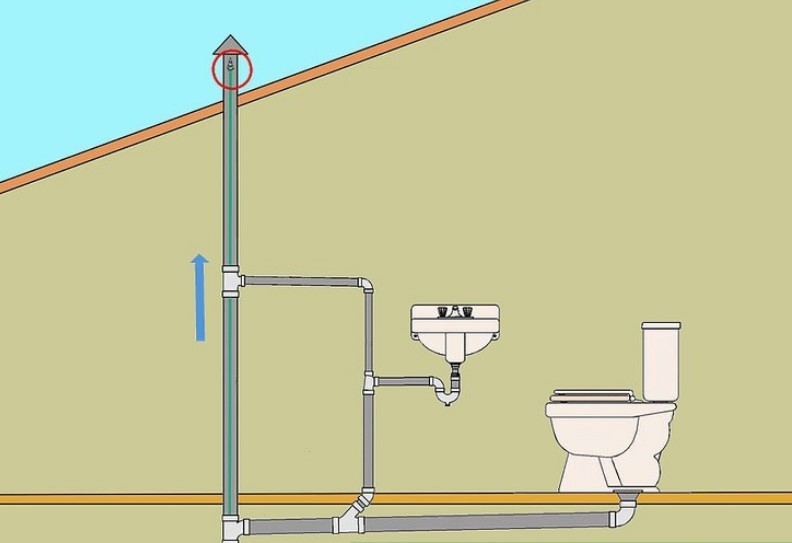Why Proper Ventilation is Key in Plumbing Systems
Why Proper Ventilation is Key in Plumbing Systems
Blog Article
This article which follows relating to The Upsides of Proper Ventilation in Plumbing Design is definitely enlightening. Don't skip it.

Proper ventilation in plumbing systems is frequently forgotten, yet it is critical for maintaining the capability and safety of your home's pipes. Ventilation aids regulate atmospheric pressure, prevent the build-up of damaging gases, and guarantee the effective removal of waste. In this guide, we will explore the relevance of proper pipes ventilation, exactly how it works, and the advantages it brings to your pipes system.
Understanding Ventilation in Plumbing
Air flow in plumbing refers to the network of pipelines that permit air to move via the drainage system. These vents serve several functions, including regulating atmospheric pressure within the pipelines, preventing sewer gases from going into the home, and aiding in the smooth circulation of wastewater.
How Air Flow Functions in Plumbing Equipments
Atmospheric Pressure Law
Correct air flow preserves balanced air pressure within the pipes system. When water streams with pipelines, it displaces air. Without sufficient air flow, this variation can produce adverse pressure, leading to reduce drains or siphoning of water from catches, which can cause undesirable odors to permeate into the home.
Avoiding Sewer Gas Accumulation
One of the most important functions of plumbing vents is to stop drain gases, such as methane and hydrogen sulfide, from collecting within the home. These gases can pose major health risks and are extremely flammable. Vent pipes enable these gases to leave securely outdoors.
Assisting in Waste Removal
Air flow assists in the efficient removal of wastewater by protecting against airlocks in the drainage system. When air can flow easily with the vents, it permits water and waste to flow efficiently via the pipelines, reducing the risk of clogs and back-ups.
Kinds Of Plumbing Vents
Main Heap Vent
The primary stack air vent, also known as the vent stack, is the primary air vent in a plumbing system. It prolongs from the primary drain line up through the roofing, permitting gases to run away and fresh air to get in the system.
Branch Vent
Branch vents attach to the primary stack air vent and serve individual components, such as sinks, toilets, and showers. These vents make sure that each fixture has ample air flow to work properly.
Air Admittance Shutoff (AAV).
An Air Admission Shutoff (AAV) is a one-way valve that enables air to get in the plumbing system without the need for a typical air vent pipeline extending with the roofing. AAVs are commonly used in renovations or areas where installing a conventional air vent is unwise.
Signs of Poor Ventilation in Pipes.
Slow Draining Fixtures.
If your sinks, bathtubs, or bathrooms are draining slowly, maybe an indication of inadequate air flow. Poor air circulation can produce a vacuum effect, making it hard for water to drain effectively.
Gurgling Seems.
Gurgling sounds originating from drains are usually an outcome of air being drawn through water traps due to adverse pressure in the pipes. This is a clear sign of insufficient ventilation.
Undesirable Odors.
Sewage system odors inside your home are a warning that your pipes system is not effectively ventilated. This might mean that drain gases are not being properly aired vent outside, leading to possibly dangerous conditions.
Typical Air Flow Mistakes.
Insufficient Vent Sizing.
Making use of small air vent pipes can result in inadequate air circulation and pressure discrepancies in the system. It's necessary to utilize vents that fulfill the particular demands of your plumbing system.
Improper Vent Placement.
Putting vents as well much from the fixtures they serve can reduce their effectiveness. Correct placement ensures that air can flow freely and successfully through the system.
Disregarding Code Requirements.
Building ordinance give specific standards for plumbing air flow. Neglecting these codes can lead to a system that falls short to function appropriately and might result in expensive repairs or carcinogen.
Advantages of Correct Ventilation.
Enhanced System Efficiency.
Appropriately ventilated plumbing systems run a lot more effectively, with less obstructions, faster draining, and less stress on the pipelines. This performance expands the life-span of the pipes system.
Improved Air High Quality.
By stopping sewage system gases from entering your home, proper ventilation adds to much better indoor air quality, making your living setting healthier and extra comfortable.
Avoiding Water Damages.
Ample ventilation helps protect against water from being siphoned out of traps, which can lead to sewer gases entering the home and causing water damages over time.
Actions to Guarantee Correct Ventilation.
Consulting Pipes Codes.
Always speak with neighborhood plumbing codes when developing or modifying your plumbing system. These codes offer the necessary guidelines for proper venting and ensure your system fulfills safety and security criteria.
Regular Examination and Maintenance.
Regular examinations can help recognize possible air flow problems before they become significant troubles. Upkeep jobs, such as cleaning up air vent pipelines and looking for blockages, are important for keeping the system in good working order.
Expert Installation.
For brand-new setups or major modifications, it's wise to hire an expert plumbing. They have the experience to guarantee the ventilation system is properly made and installed according to code.
Verdict.
Proper ventilation is a vital element of any plumbing system, ensuring that it functions efficiently and safely. By recognizing the importance of air flow, recognizing the indications of inadequate ventilation, and taking steps to keep your system, you can stop expensive issues and safeguard your home's air high quality.
Understanding the Role of Your Plumbing Vents in the Drainage System
The plumbing system in your home is more than just the kitchen sink, toilet, and bathroom. Some problems that arise within home plumbing are hard to detect because homeowners may not understand potential causes.
One part of the plumbing system that could cause you endless problems is the venting. The drain lines that run through your home and drain wastewater need proper venting to function properly. Faulty plumbing vents can lead to several problems that require the expertise of a plumber to check them out. Before finding experienced plumbing services, there are a few things to learn about plumbing vents.
Why vents are vital
Vents in the plumbing system lead to an outside area such as the roof or the back. The function of these vents is to keep sewer gases away from the drain pipes. They also establish seals in the drainage pipes that prevent the sucking back of waste gases into the home. Venting in the plumbing system also allows oxygen to get into the drainage system, which is an essential component in the breakdown of waste matter. The vents also ensure that the air pressure within the drainage system remains balanced, facilitating the flow of wastewater.
Possible problems
When the plumbing vents are problematic, one of the consequences is imbalanced water levels in the toilet. If you notice that the levels in the toilet bowl rise and fall all the time, then there may be something wrong with the vents.
Another issue is air bubble formation within the toilet. In most cases like these, the drain pipes are not receiving enough air. Lack of air pressure equalization is what leads to water flow problems. If you come across such issues in your home, make sure you call professional plumbers, such as the ones from Perfection Plumbing & Drain Cleaning Ltd.
Potential causes
Several scenarios can lead to some of the plumbing problems that homeowners suffer because of venting. One such scenario is the use of incorrectly sized vents. Usually, vents are the same size as the drain line to facilitate proper venting. Vents that are too small will lead to some plumbing issues. Another potential cause is fixtures that are not close enough to the vents. In this scenario, air forces itself through the traps of other fixtures, leading to gurgling sounds from toilets and sinks.
Most of these problems also happen with clogged vents. Tree leaves and debris can cause clogging when they make their way down a vent. Unclogging plumbing vents is a service that you can entrust to Saskatoon plumbers. They will know how to snake down vents and remove clogging stuck in fixtures.

Hopefully you liked our article on What Is A Plumbing Vent & How Do They Work?. Many thanks for finding the time to browse our posting. Enjoyed reading our write-up? Please quickly share it. Help other people check it out. I treasure reading our article about What Is A Plumbing Vent & How Do They Work?.
Further Details Report this page